Remains of the Dolgarrog Dam Disaster
The worst flood disaster in Welsh history might have been a lot worse if it had not happened on movie night.
Llyn Eigiau, a lake at the edge of the Carneddau mountains in Snowdonia, Wales, was the origin of the worst dam disaster in Welsh history. The devastating flood of 1925 is commemorated by a plaque placed on the massive boulders that came to rest after destroying much of the village of Dolgarrog.
In 1911, a dam three-quarters of a mile long and 35 feet high was built across part of the eastern side of the lake to supply water for the hydroelectric power station in the village and power the aluminum works next to the station. A new tramway was constructed to bring materials for the dam from Dolgarrog.
It is reported that the original contractor withdrew from the project, unhappy that corners were being cut in the construction of the dam. And indeed, his misgivings were realized. In November, 1925, after 26 inches of rain fell in just five days, the Eigiau dam failed. The water flowed down to Coedty Reservoir, which rapidly caused its earth bank dam to burst as well and release billions of gallons of water.
The torrent of water, estimated at over 70 billion gallons, flowed down into the village of Dolgarrog, creating massive damage and leading to the loss of 16 lives. The death toll could have been worse, but it was fortunate that the breach occurred on the night when the local community hall was used as a cinema. The hall was on slightly higher ground, and many of the town residents were safe inside.
The force of water carried some massive boulders (some as heavy as 200 tonnes) down to into the village, which was destroyed by the flood. Gwilym Wyn Roberts, whose mother survived the flood, told the BBC that “Cows were seen hanging from the trees and the aluminum works were submerged under 5 feet of mud.”
These boulders are now marked with a memorial plaque, together with a short interprative trail, and the village has been rebuilt away from the devastated area.
A close look at the remains of the Eigiau dam today reveals that the foundations were insufficient, and close observation reveals large lumps of unmixed concrete. The dam material that can be seen through existing holes tends to break away easily and is clearly badly graded. After the disaster, an additional breach was created in the dam to ensure that water could not build up to dangerous levels. A Parliamentary investigation led to more stringent rules on British dam construction, as part of the Reservoirs (Safety Provisions) Act in 1930.
Today the lake covers an area of about 120 acres (about half the impounded area when the dam was in use) and is only about 32 foot deep.
Know Before You Go
There is a parking area near the memorial in Dolgarrog village. From there is a short walk to Surf Snowdonia.
To get to the dam by car requires driving for several miles on steep, narrow, winding single track roads with gates and few passing places. The small car park half a mile from the dam is often busy with walkers at weekends. There are a number of marked footpaths in the area.
The rough path to the dam is largely flat, but with stiles, and signs warn of unpredictable water flows due to hydroelectric operations in the area.

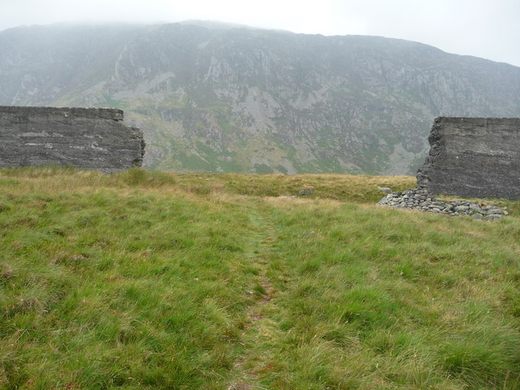
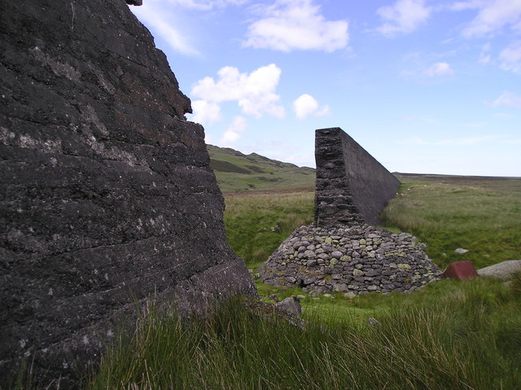

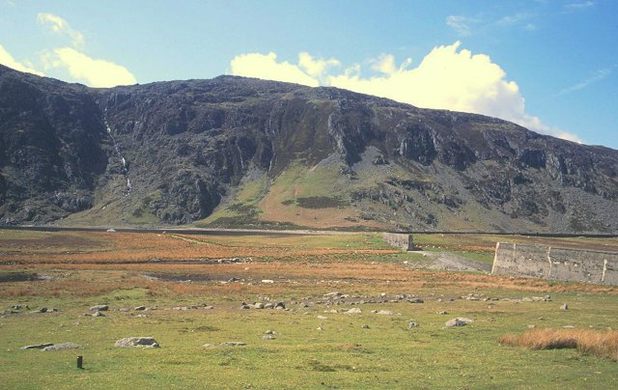
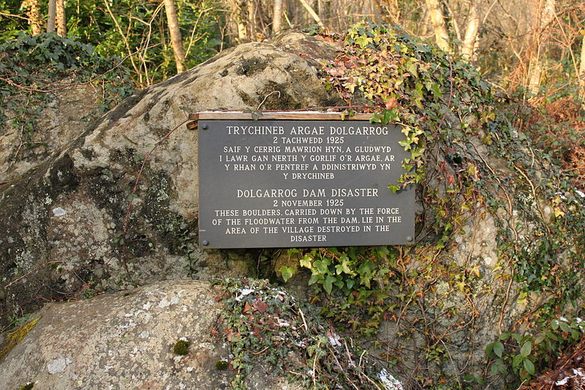
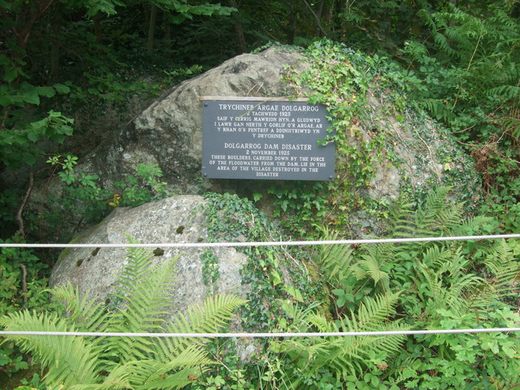
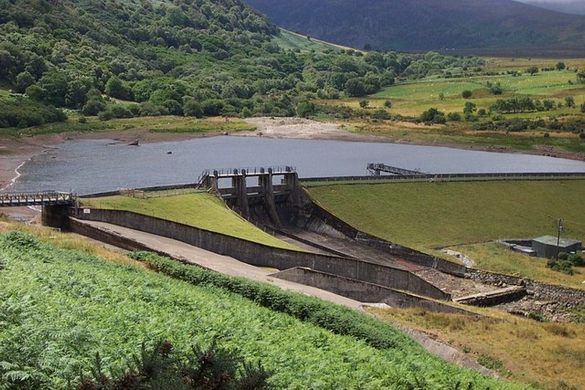
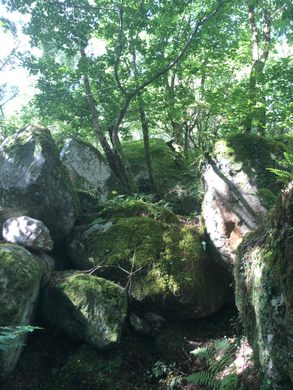







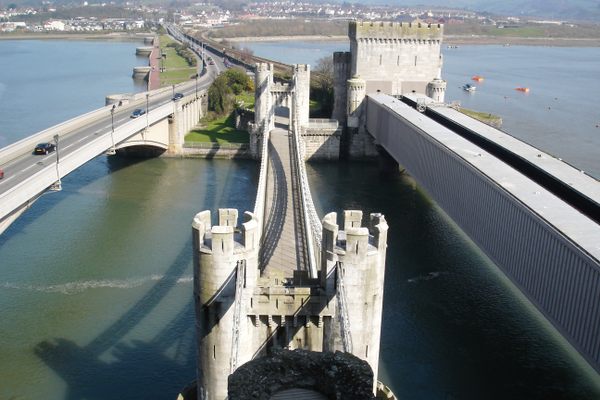

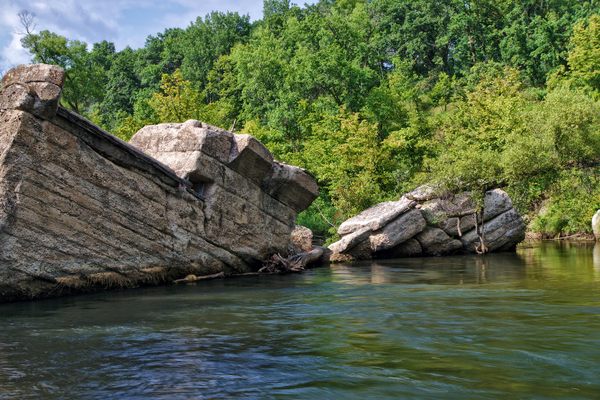
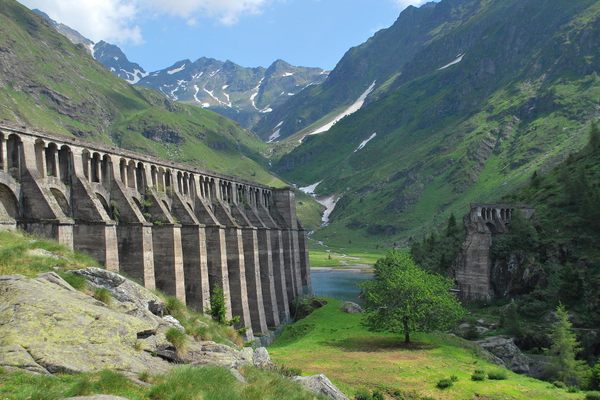

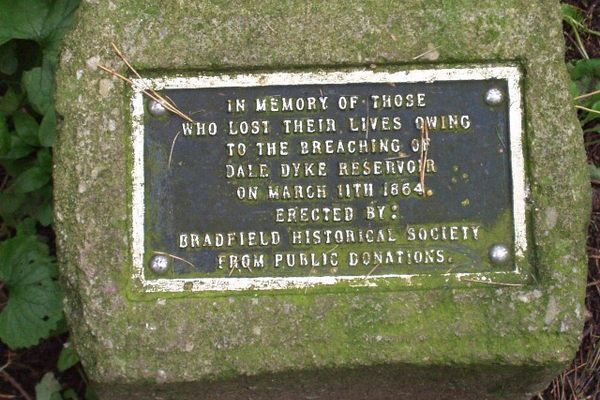

Follow us on Twitter to get the latest on the world's hidden wonders.
Like us on Facebook to get the latest on the world's hidden wonders.
Follow us on Twitter Like us on Facebook